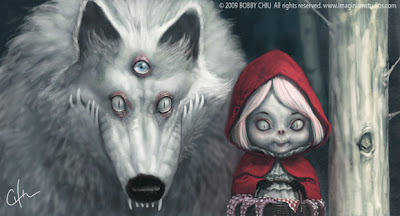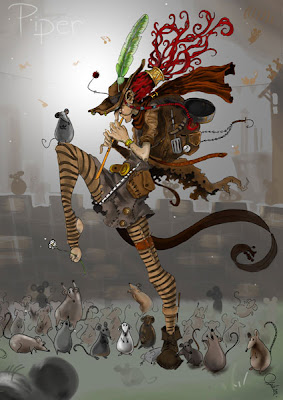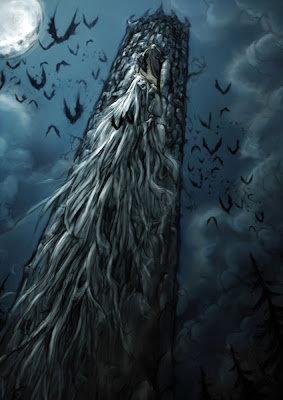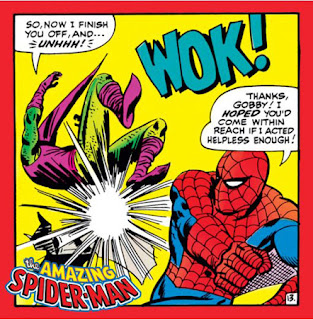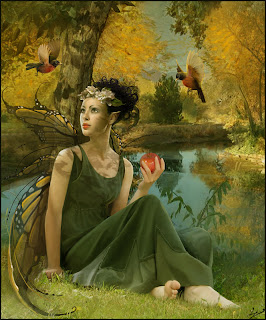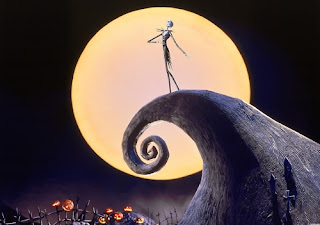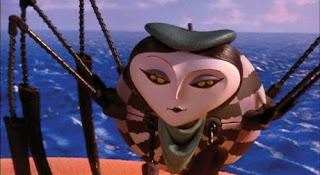An animator, as we all know, is an artist who creates multiple images that give an
illusion of movement when displayed in rapid sequence.
Salary - The median expected salary for a typical animator in the United States as of right now is $46,825. But it really all depends on who you’re working for. Disney animators make twice as much, for example, topping at around $160,000.
Education - Aside from talent, an animator's skills can be improved vastly by college and university training, such as the Bachelor of Arts degree in Animation, which provides academic and hands-on learning experiences. Associate degrees and certificates in animation also are available from professional schools (2 or 3 years in duration). But it really comes down to how good you are at it. The more credibility you have, the more likely you are to get a better job offer.
Variations on the job - Animators can work in a variety of fields including film (which I like the most), television, video games, and the all mighty internet. Some artists contribute to animated cartoons, but they technically aren’t animators. They include layout artists, storyboard artists, and background artists. Still very important, but not quite at the tip top.
Expenses - Besides paying for school, there really aren’t a whole lot of personal expenses. Your employer will have everything necessary for you to complete your work.
I’m not a fan of all types of animation, unfortunately. Newer TV shows that my little sister watches such as “Adventure Time” and “Regular Show”... well, they’re just not my cup of tea. I’m a big fan of claymation though, and it’s practically the best thing ever. Tim Burton & Henry Selick films, for example. I am a huge gigantic monstrous fan of them. Not all of them are directly set on claymation, but even the ones with human actors have some form of claymation in them. Some favorites of mine include:
The Nightmare Before Christmas
Corpse Bride
And lastly, James and the Giant Peach
(Which is one of my favorite movies of all time)



